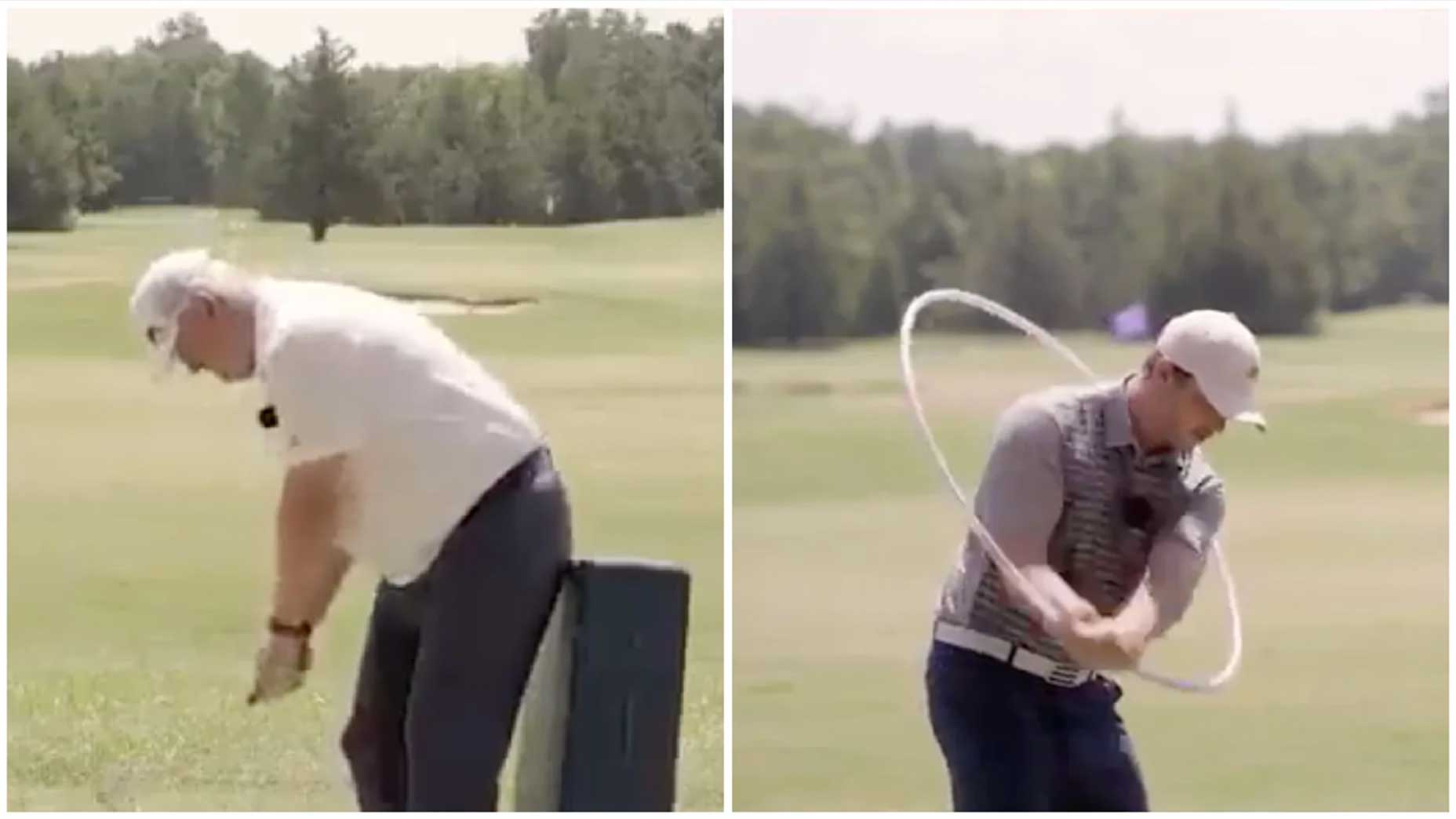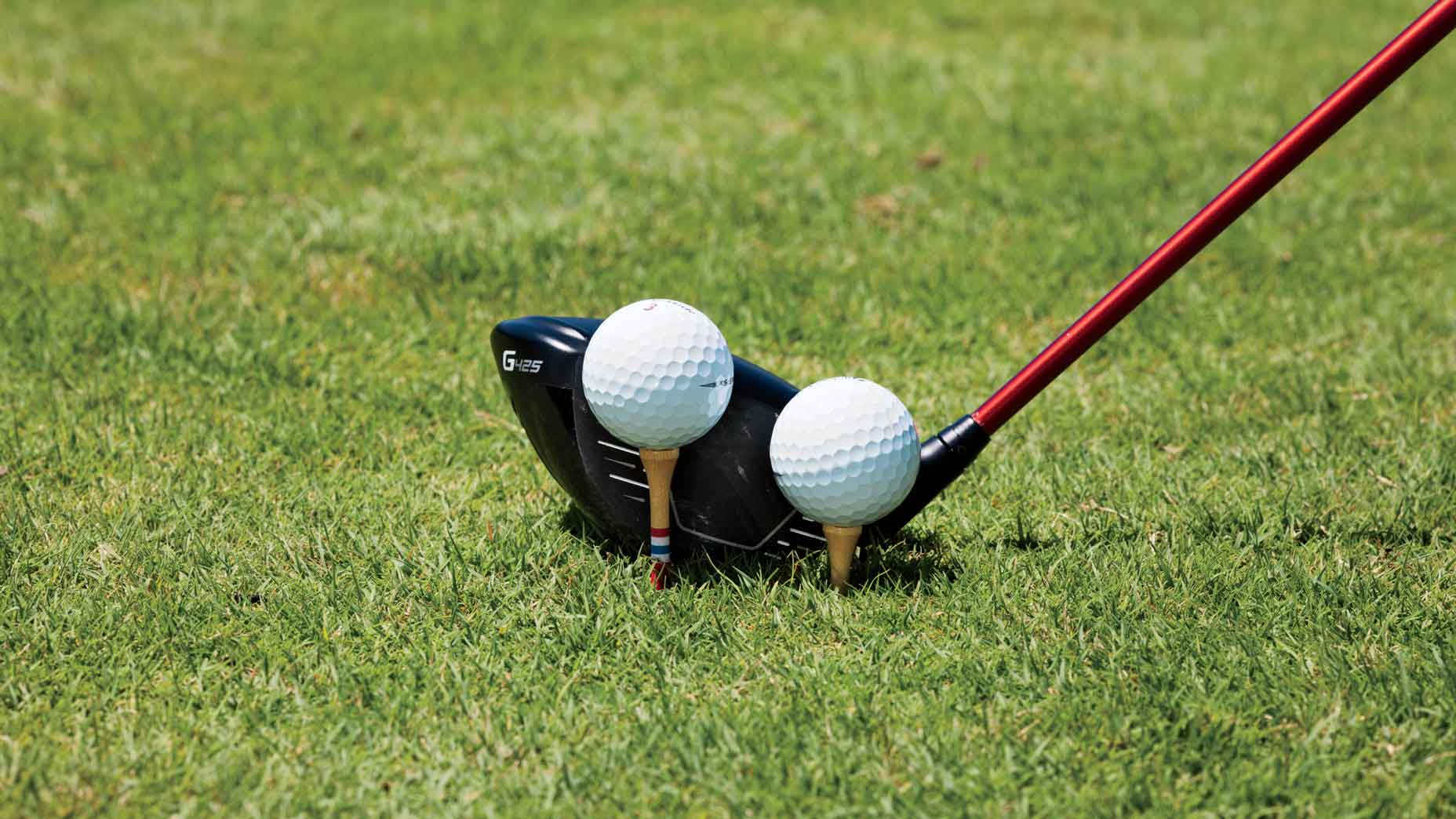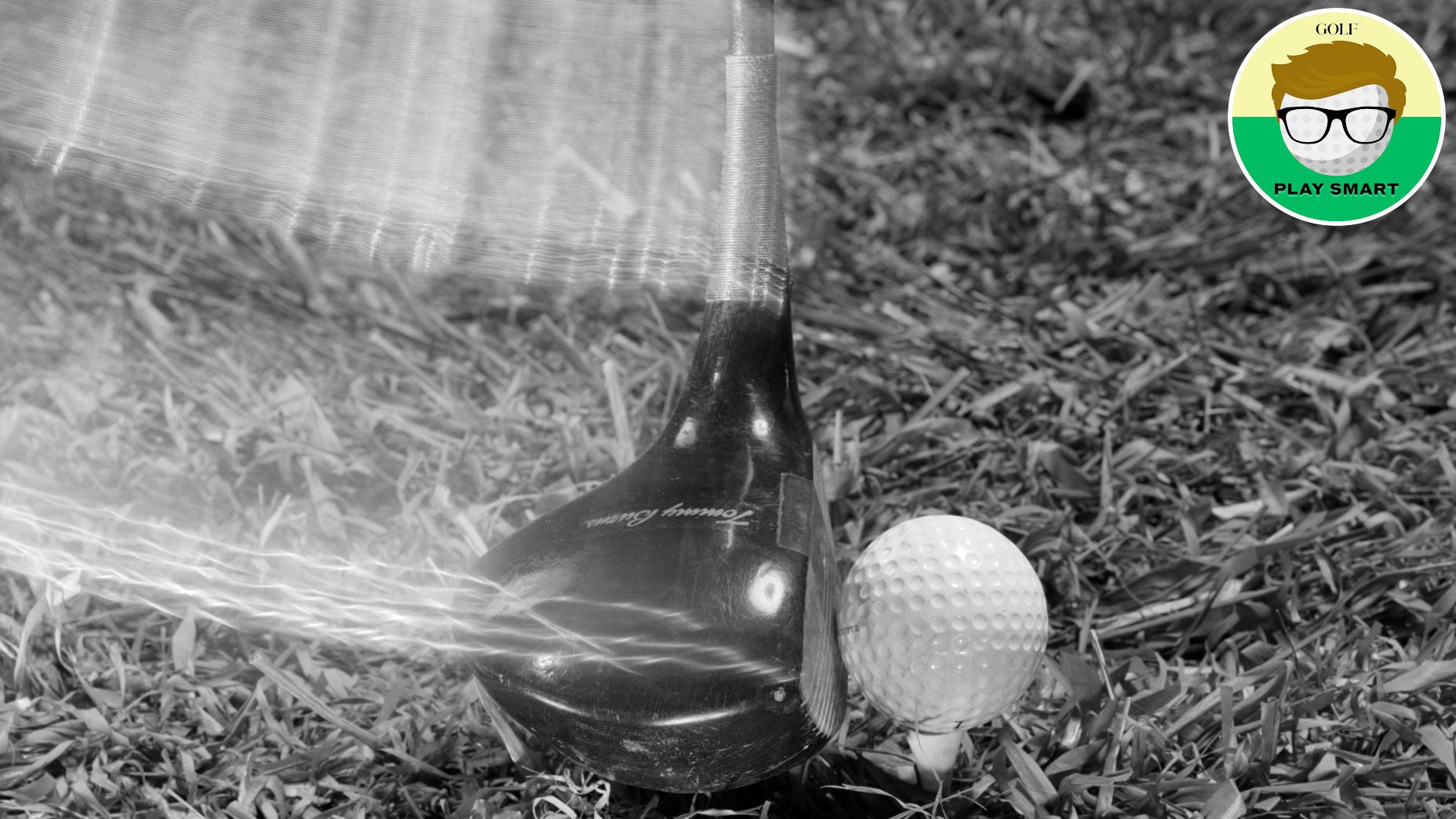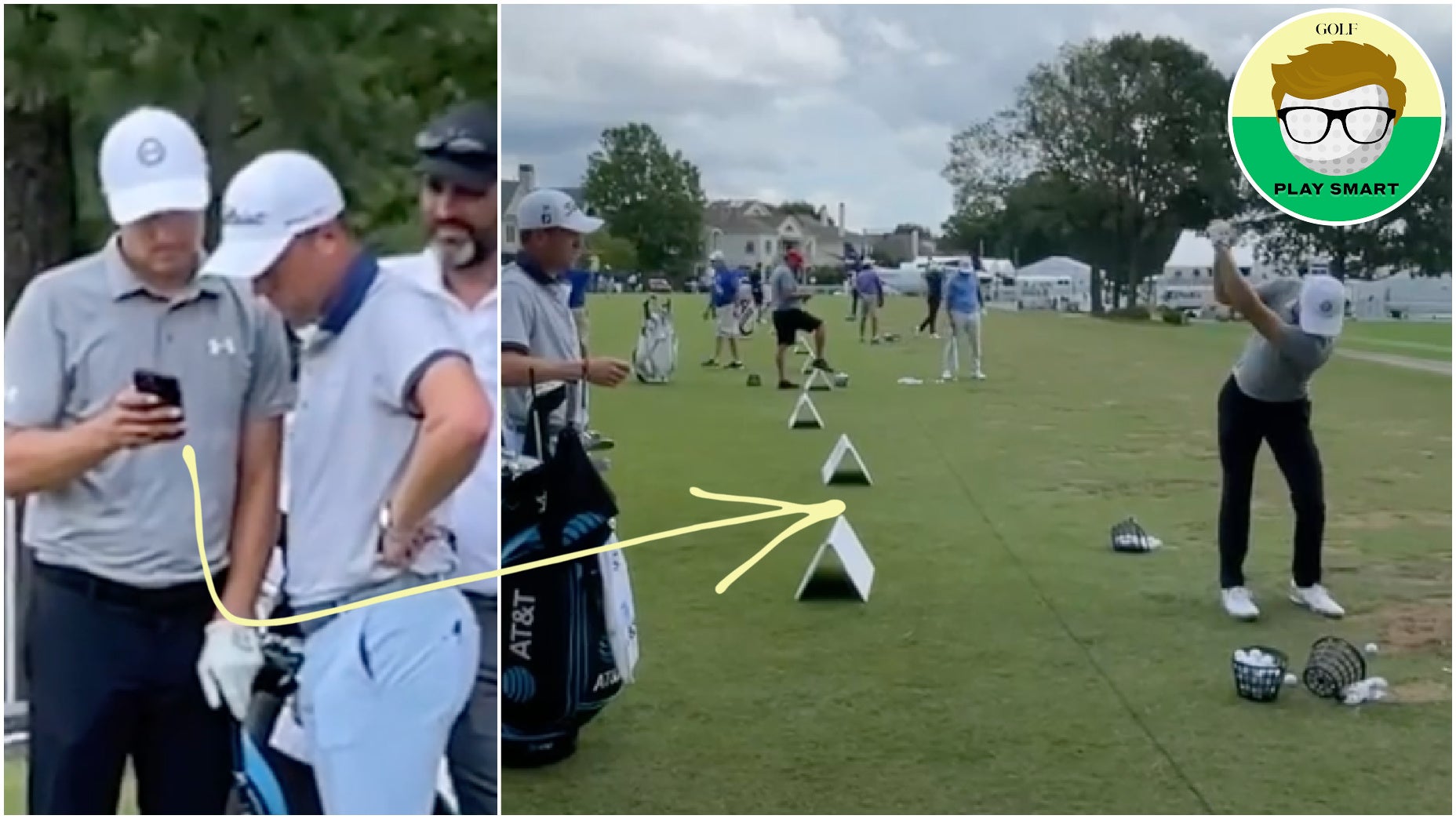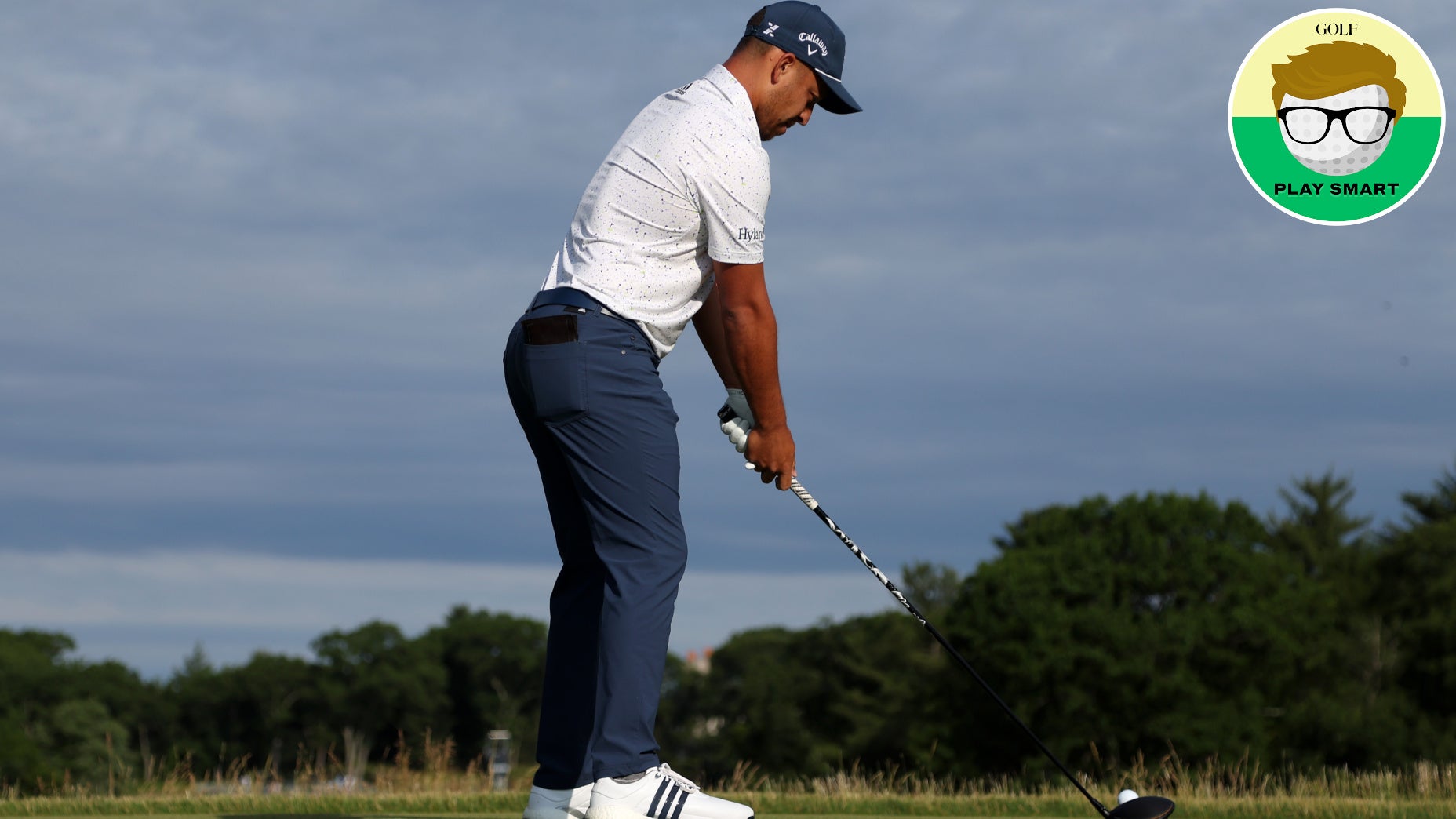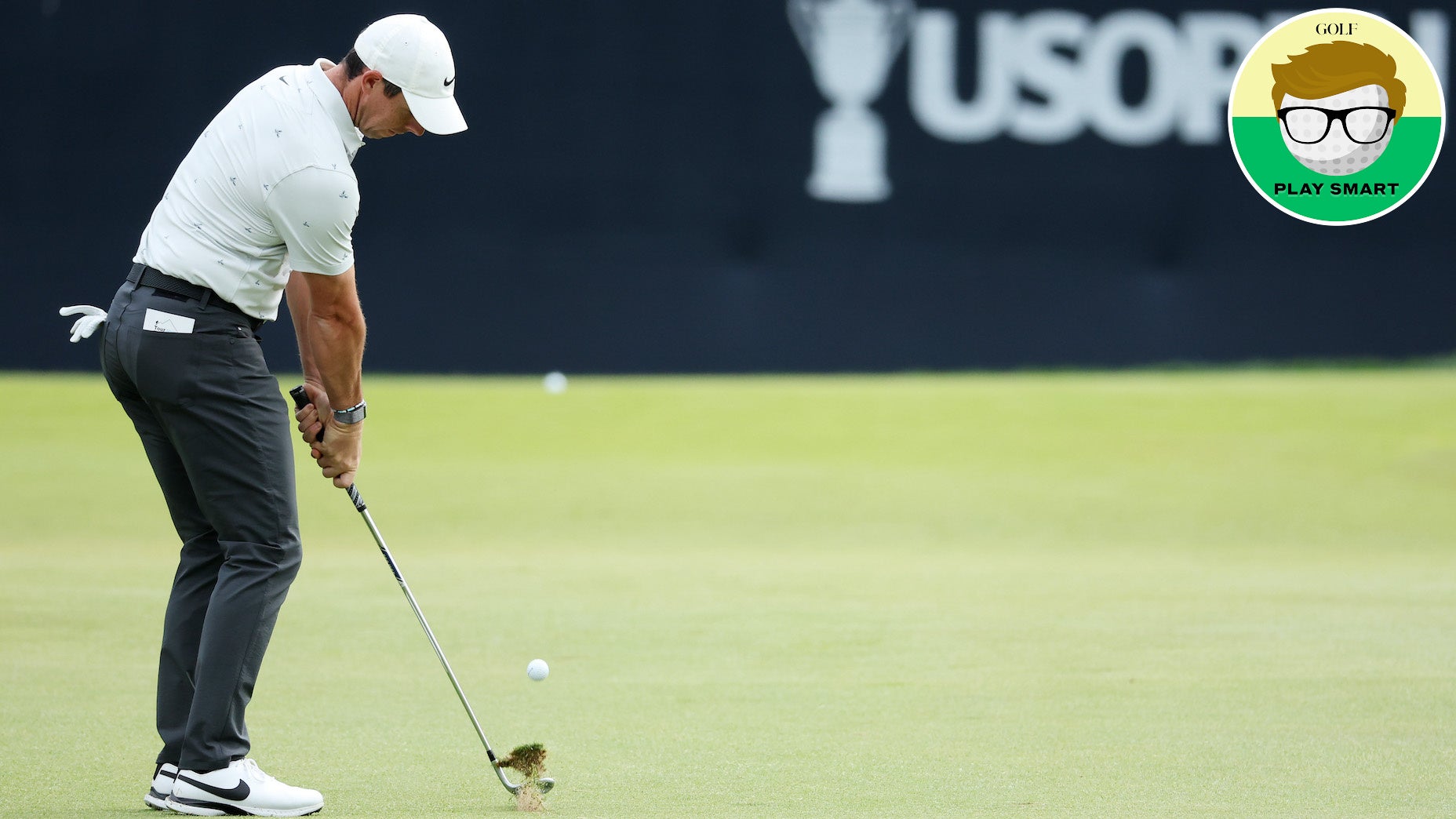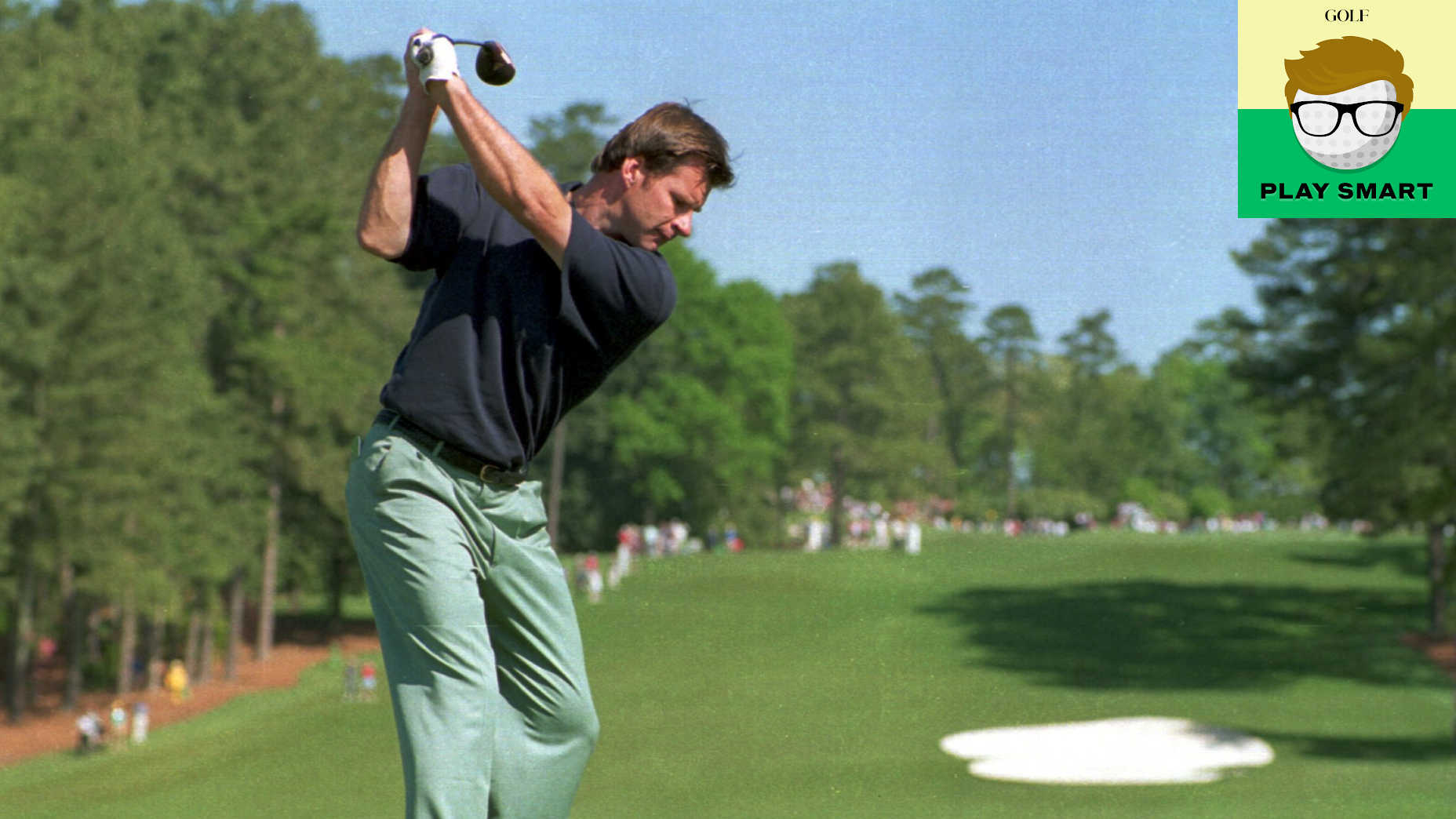New study from MIT and Oxford scientists reveals the best way to social distance
- Share on Facebook
- Share on Twitter
- Share by Email
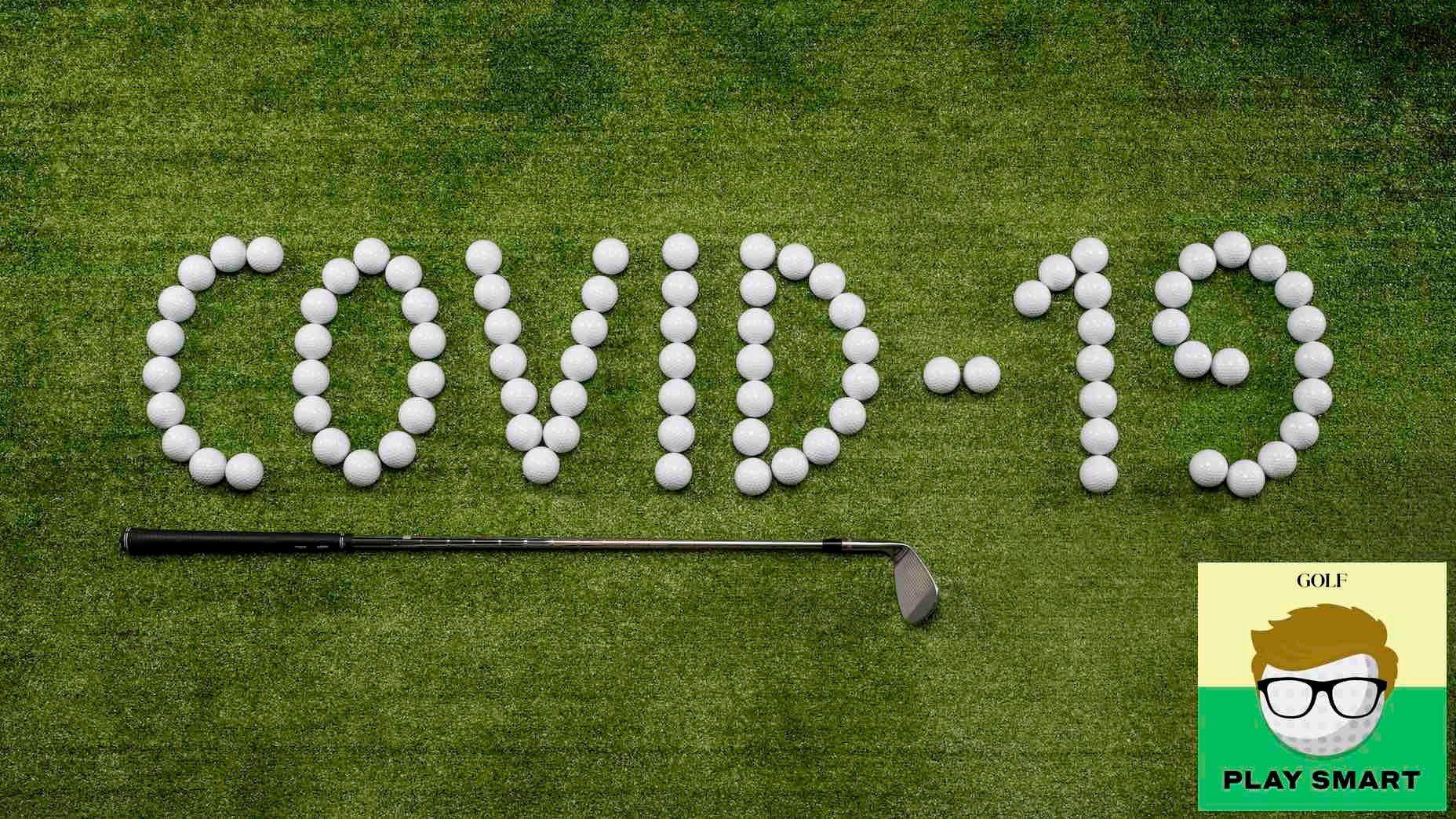
The way you've been social distancing on the course might be incorrect!
Getty Images
Welcome to Play Smart, a new game-improvement column that drops every Monday, Wednesday, and Friday from Instruction Editor Luke Kerr-Dineen to help you play smarter, better golf.
With COVID-19 continuing its spread across large swaths of the country, and social distancing still mandated in most states, golf finds itself in a unique spot. Unlike other sports, you can play golf safely and relatively hassle-free during the pandemic. It’s led to huge numbers of people taking-up the game, booming equipment sales, and increased rounds-played.
But while golf is certainly safer to play than other sports, like everything nowadays it still requires a responsible approach. The most common advice from experts has been to maintain a six-foot distance at all times, but now, a new study from a team of scientists at the University of Oxford and the Massachusetts Institute of Technology is recommending a different approach.
According to the scientists, the six-feet-at-all-times rule is based on a 1948 study that is “over-simplistic.” In some cases, six feet is more than enough space; in others, it’s too little. It depends on numerous factors, like airflow and how crowded a given place is, which is why the scientists recommend thinking of social distancing as a traffic light system instead.
“Current rules on safe physical distancing are based on outdated science,” says the study. “Social distancing is not a magic bullet to eliminate risk. A graded approach to physical distancing that reflects the individual setting, the indoor space and air condition, and other protective factors may be the best approach to reduce risk.”
Here’s the full chart to use as your guide:
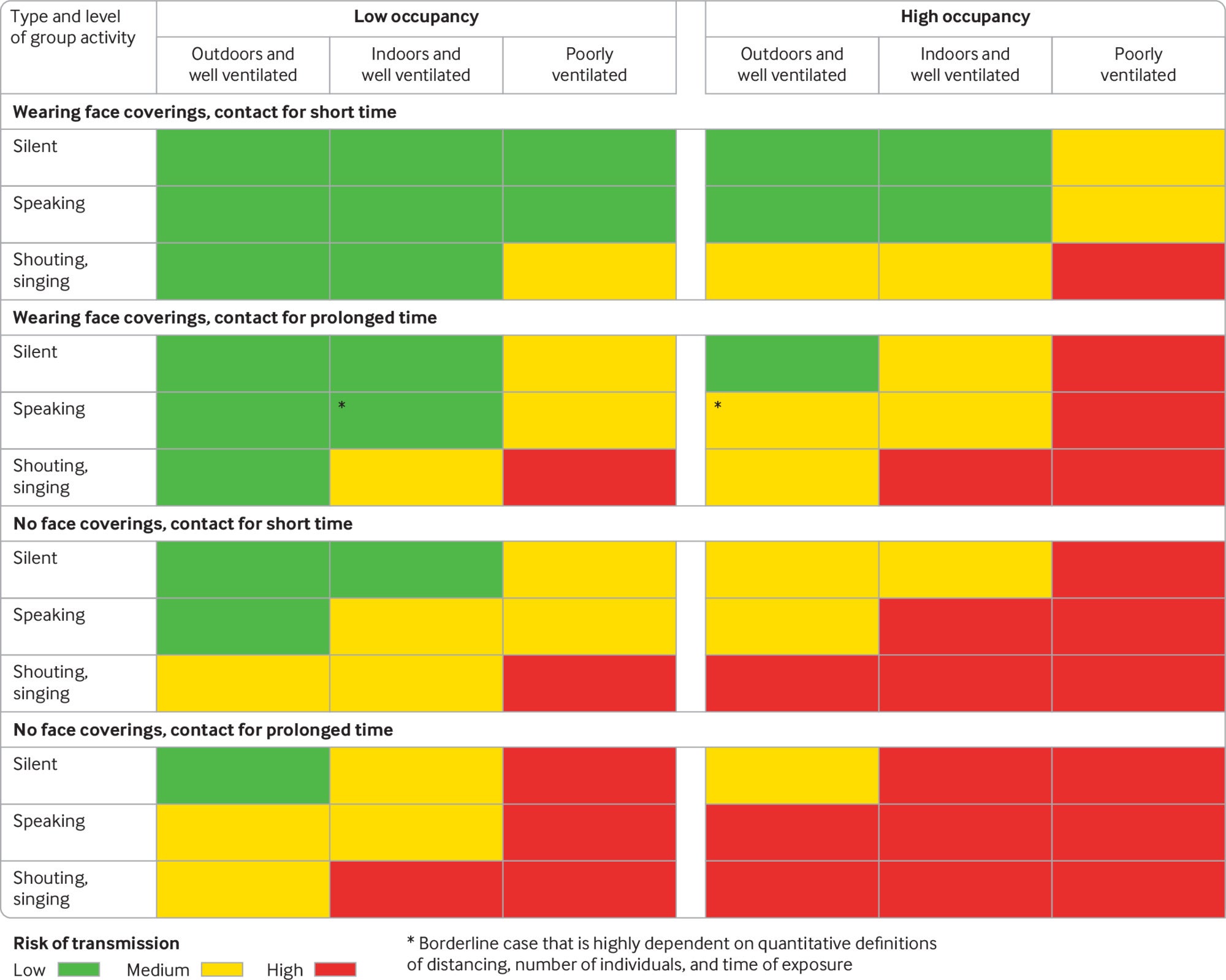
You can read the full study on BMJ.com right here. And as for what golfers need to know about for when they hit the course, here’s a quick rundown:
When standing six feet away with no mask is fine
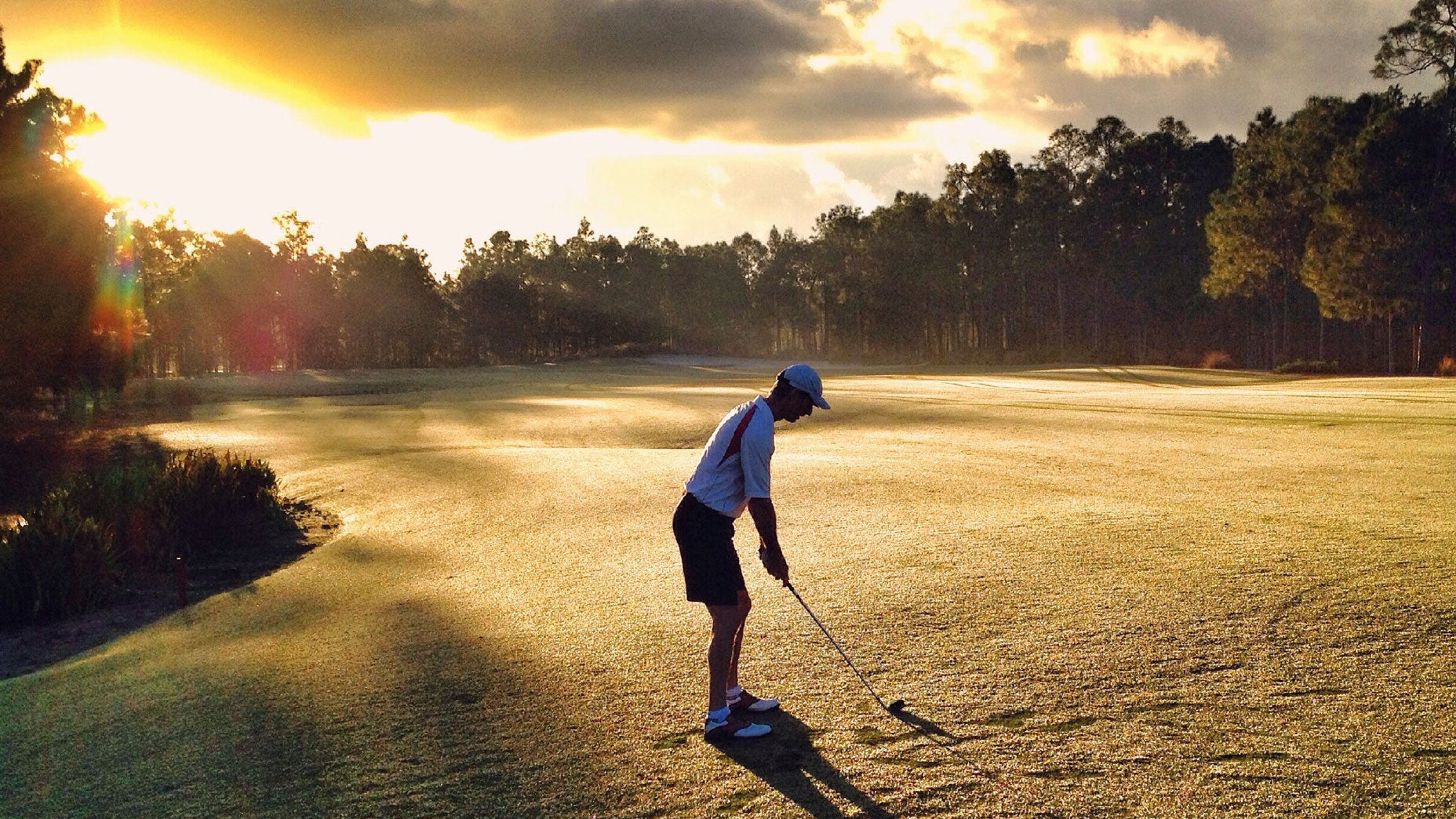
Being outdoors, on the course, with at most three other people, is among the safest ways to operate nowadays. It falls into the outdoors, low occupancy category — which you can see carries a “low” risk of transmission, unless you’re constantly in close contact and shouting or singing without face masks, in which case it ticks up to “medium.” The nature of golf itself makes that scenario unlikely, so staying six feet away is more than safe enough. You won’t need to worry about wearing a face covering on the course, either, though as you can see, wearing a face covering decreases your chance of infection in every situation.
The only exception here, which the study notes, is if somebody sneezes. And while those droplets will indeed disperse more quickly outdoors, but they can still spread up beyond 15 feet, so if one of your playing partners is gearing up for a sneeze, it’s best to move further away.
As for other green-zone scenarios? Enjoying a quick conversation or lunch outside, perhaps on the back of your clubhouse patio, falls into the same low-risk zone. As long as it’s well-ventilated and not crowded, basic six-feet distances and no face coverings should suffice.
When you should stand more than six feet and/or wear a mask
The short answer — and, indeed, one of the main points of the study — is that staying six feet away isn’t a one-size-fits-all solution. Six feet without a mask is fine in the situations described above, but in others, it’s not nearly enough. When you’re in a poorly-ventilated indoor place, or even just a crowded bar, standing anywhere up to 30 feet away still may not be enough to protect you from a viral infection.
That’s why, if you’re worried about catching or spreading the virus, simply standing six feet away isn’t sufficient. Wear a mask, stand further away and, crucially, limit your time within those situations.
Just like when you’re on the course, size up the situation in front of you and play smart. You’ll keep yourself safe and others, too.

GOLF MASK PACK
Latest In Instruction

Luke Kerr-Dineen
Golf.com Contributor
Luke Kerr-Dineen is the Game Improvement Editor at GOLF Magazine and GOLF.com. In his role he oversees the brand’s game improvement content spanning instruction, equipment, health and fitness, across all of GOLF’s multimedia platforms.
An alumni of the International Junior Golf Academy and the University of South Carolina–Beaufort golf team, where he helped them to No. 1 in the national NAIA rankings, Luke moved to New York in 2012 to pursue his Masters degree in Journalism from Columbia University. His work has also appeared in USA Today, Golf Digest, Newsweek and The Daily Beast.

